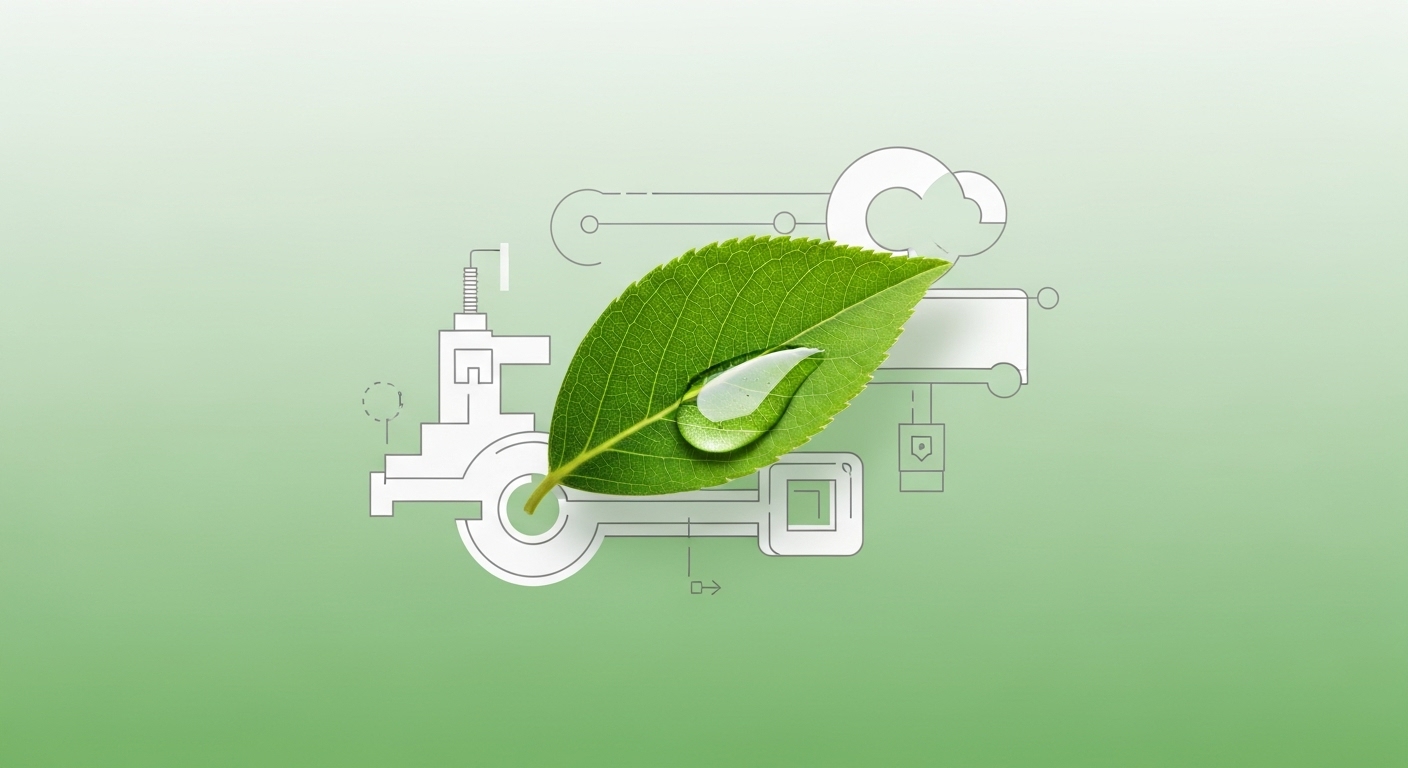
Understanding Polyamide Adhesives
Types of Polyamide Adhesives
Environmental Impact Assessment
Manufacturing Benefits of Polyamides
Methods of Adhesive Application
Latest Trends in Adhesive Technology
Strategies for Sustainable Use
Frequently Asked Questions (FAQ)
Polyamide adhesives are increasingly used across manufacturing sectors due to their strong bonding performance, thermal resistance, and long-term durability. Many polyamide formulations can be produced using partially renewable inputs, offering a more sustainable alternative to conventional petroleum-based adhesives. Their ability to withstand demanding conditions reduces premature product failure, thereby minimizing overall waste and supporting eco-friendly production processes.
Polyamide adhesives are available in several functional categories:
Reactive polyamides: offer high-strength bonding suitable for heavy-duty or high-stress applications.
Thermoplastic polyamides: valued for flexibility, fast setting behavior, and ease of processing.
High-durability grades: designed for applications requiring strong chemical, heat, or mechanical resistance.
These adhesive types support diverse manufacturing needs, ranging from precision assembly to large-scale industrial production.
From an environmental standpoint, polyamide adhesives offer multiple sustainability advantages. Their partially renewable origins help reduce dependence on fossil-based ingredients. Their high durability contributes to longer product lifecycles, decreasing waste generation over time. Additionally, polyamide adhesives typically maintain strong performance in harsh conditions, reducing the need for rework or early replacement. These characteristics align well with global efforts to support lower emissions and responsible resource management.
Polyamide adhesives provide a number of operational benefits for manufacturers:
Enhanced thermal stability: reliable performance in elevated temperatures.
Longevity and durability: reduces maintenance and product failures.
Efficient processing: fast setting characteristics support high-speed manufacturing lines.
Material versatility: bonds effectively to textiles, plastics, metals, rubber, and composites.
These attributes position polyamide adhesives as an effective option for manufacturers seeking both performance and sustainability.
Manufacturers employ several application techniques to maximize the efficiency and performance of polyamide adhesives:
Hot melt application: ideal for rapid bonding and precise placement.
Spray techniques: provide uniform coverage across broader surfaces.
Manual or detail application: for fine assembly work requiring accuracy.
Selecting the proper method ensures optimal adhesive performance, reduces material waste, and supports environmentally efficient production.
Recent advancements in adhesive technology show strong momentum toward eco-conscious innovation. Trends include:
Increased use of renewable raw materials in adhesive formulations.
Improved biodegradability and recyclability of end-products.
Polyamide-based solutions designed for longer service life and reduced environmental impact.
Greater demand for sustainability certifications tied to adhesive materials.
These trends demonstrate how polyamide adhesives align with broader manufacturing transitions toward greener and more durable material systems.
Sustainable use of polyamide adhesives involves strategic implementation:
Optimizing application conditions to minimize waste and improve bonding efficiency.
Selecting the correct adhesive grade based on technical requirements to avoid overuse.
Implementing recovery or recycling systems for unused adhesive materials.
Pairing adhesives with sustainable substrates to support circular manufacturing models.
By following these strategies, manufacturers can reduce environmental impact while maintaining high-quality production standards.
What are polyamide adhesives?
They are strong, thermally resistant adhesives often made with partially renewable inputs, providing durable bonding for industrial applications.
What types exist?
Polyamide adhesives include reactive types for high-stress applications, thermoplastic types for flexible processing, and durable grades for harsh environments.
How do they help the environment?
They may reduce reliance on fossil-based materials, extend product lifespans, and lower waste through improved durability.
What are examples of applications?
Polyamide adhesives are used in electronics, filters, automotive components, textiles, and packaging.
How are they applied?
Common techniques include hot melt application, spraying, and precision manual application.
What trends are shaping the market?
Sustainability, longer lifecycle performance, integration with eco-friendly substrates, and improved recyclability.
How can manufacturers use them sustainably?
By optimizing usage, selecting appropriate grades, reducing waste during application, and exploring material recovery systems.